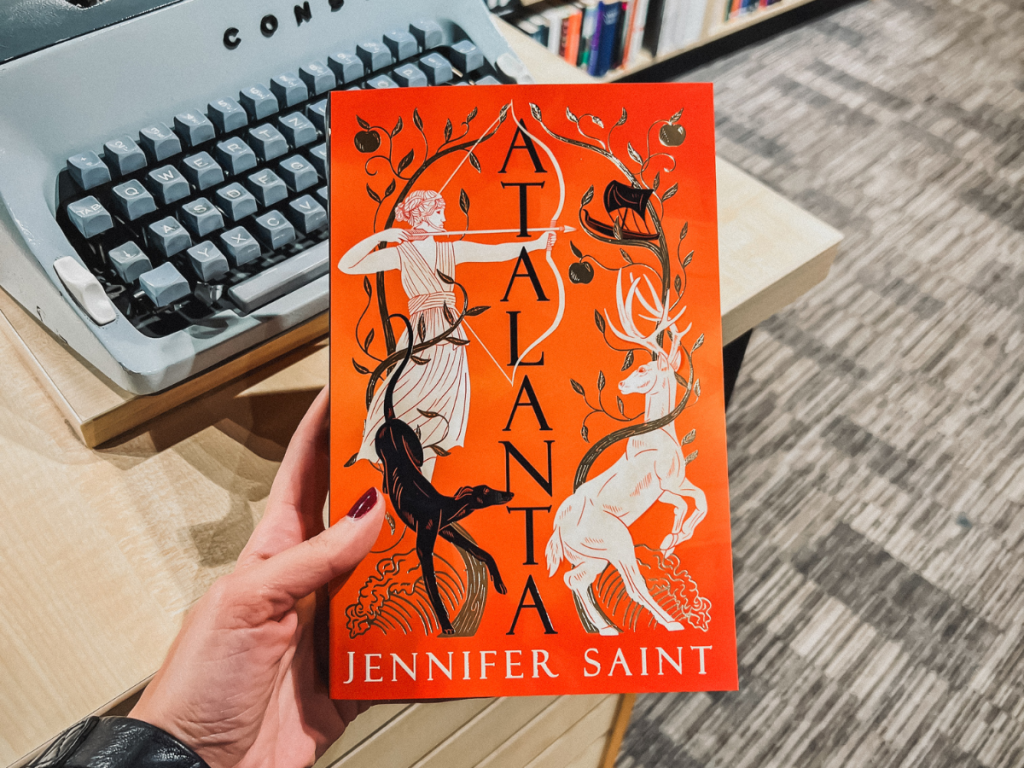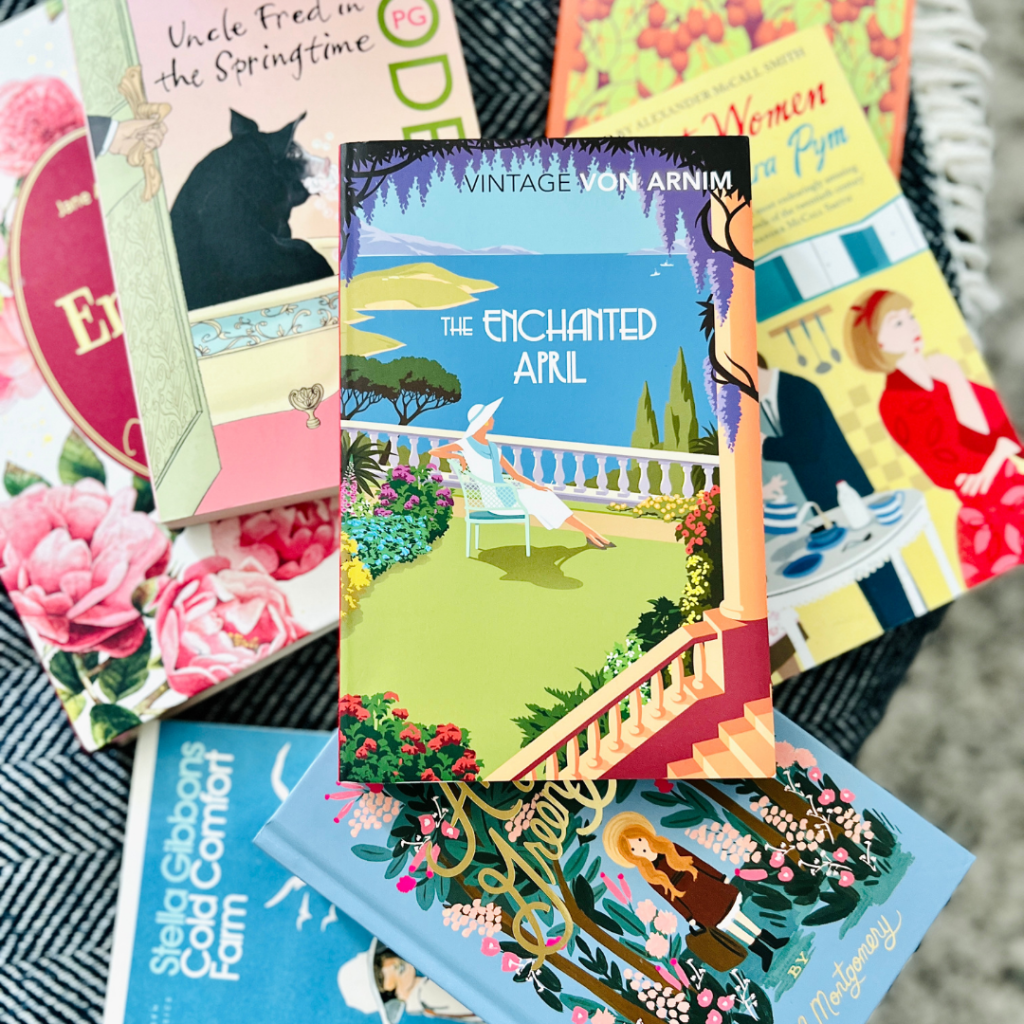1.0 Introduction
William Golding’s Lord of the Flies is reminiscent of his predecessors, Defoe’s Robinson Crusoe and Ballantyne’s The Coral Island in his situating the action on an uninhabited tropical island. Unlike his predecessors, however, Golding does not explore British imperialism or resourcefulness but turns to a gloomier topic much more relevant to his own time. Lord of the Flies was published in 1954 in the wake of the Second World War and the beginning of the end of the British Empire. Golding’s belief in man’s innate evil springing from the original sin strengthened after he had witnessed the amount of atrocities that humans are capable of committing, particularly in European totalitarian states during the Holocaust. His former belief in the possibility of man’s betterment and establishment of a more humane society by means of a thorough social change was shattered. Therefore, in his novel, he conducts a literary experiment proving that humans cannot escape from the original evil even if they are given the opportunity to start building their society from scratch. His boys are plane-wrecked on an unknown desert island. They are completely isolated, like guinea pigs in a glass aquarium, and they do not come in contact with any external influences, such as savages in canoes, pirates, or any living adults until they are rescued. They do not have any tools, weapons, or food from the world of grownups. Thus, the boys return to nature and try to survive and establish a society of their own. At first, they enjoy their newly acquired freedom, yet the boys’ return to nature instead of an idyll becomes a nightmare. Golding shows how human’s inherent tendency towards evil and aggression progresses gradually as he frees himself from the constraints of civilised life and conditions him to regress into a state of dystopian savagery.
Subscribe to get access
Read more of this content when you subscribe today.













Leave a comment